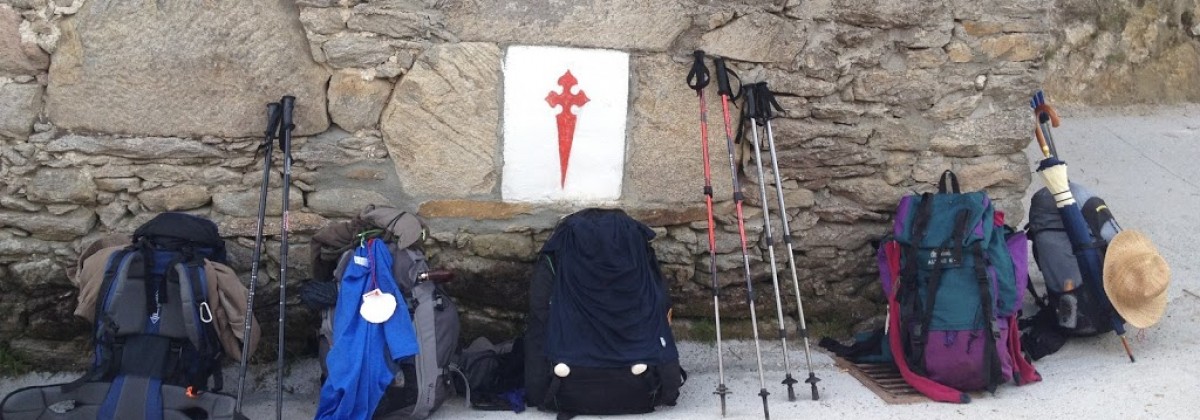 after cleaning off the day’s Camio, we headed out to the Plaza Mayor for something to eat, finding a place that served pizza and offered a view of the ayuntamiento and its clock tower with typically-dressed figures of Maragatos (about which more later) that have emerged to strike the hour since 1748. not as elaborate as the astronomical clocks in Prague or Olomouc but significantly less touristy.
after cleaning off the day’s Camio, we headed out to the Plaza Mayor for something to eat, finding a place that served pizza and offered a view of the ayuntamiento and its clock tower with typically-dressed figures of Maragatos (about which more later) that have emerged to strike the hour since 1748. not as elaborate as the astronomical clocks in Prague or Olomouc but significantly less touristy.
waiting for our meal gave us an opportunity to watch the locals out and about in the plaza. a group of people with various physical disabilities came by, presumably from an institution for which I saw a sign off to the south. bikers in Very Serious gear but who seemed to simply be biking rather than completing the Camino on bike. and by far the best: three little kids in various stages of learning to ride a bike. older sister was already a pro on two wheels; as we sat down the middle brother was in his first, tentative laps without training wheels and dad holding the back of his seat; the youngest brother was racing around, supremely confident if tipsy on his training wheels, dodging all manner of close calls at top speed. when we came back later, the youngest had just had his training wheels removed and wasn’t moving quite so quickly as before.
pizza consumed, clock strike witnessed, and training-wheel-free biking observed, we headed out to see what the rest of the city held. in the next plaza over we came across a statue of a lion pinning an eagle — homage to Spanish forces that campaigned against Napoleons invading forces in the 19th century. José María Santocildes led the (ultimately unsuccessful) defense of Astorga in the Guerra de la Independencia. the city was the farthest west that Napoleons troops occupied and following their expulsion, Astorga again prospered with a plethora of bakers, chocolatiers, tanners, and craftspeople. now its primarily a destination for tourists though it remains crucial as a trading hub.



